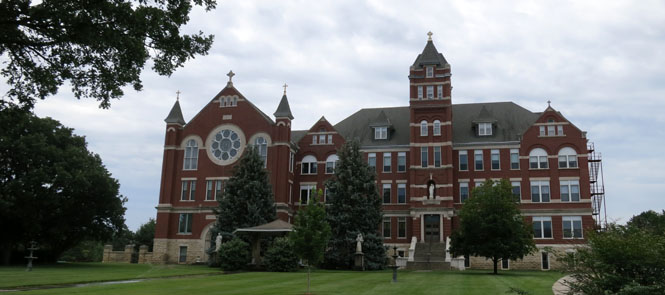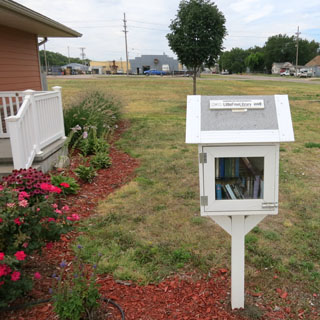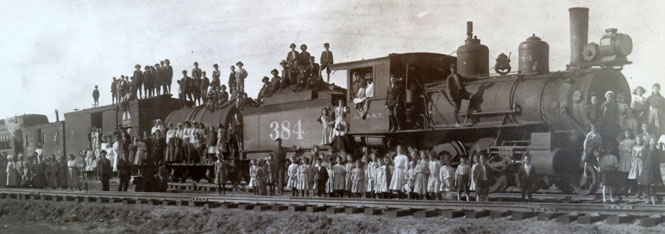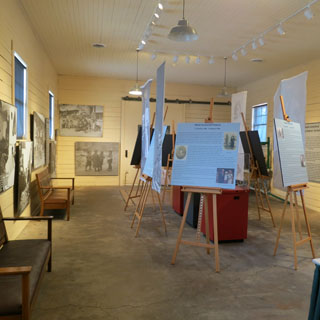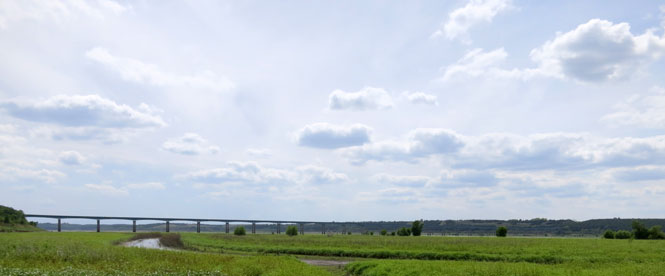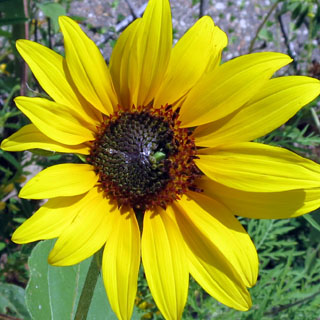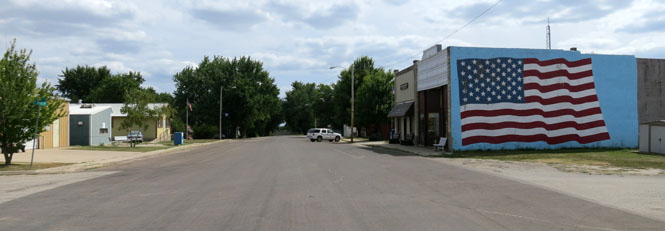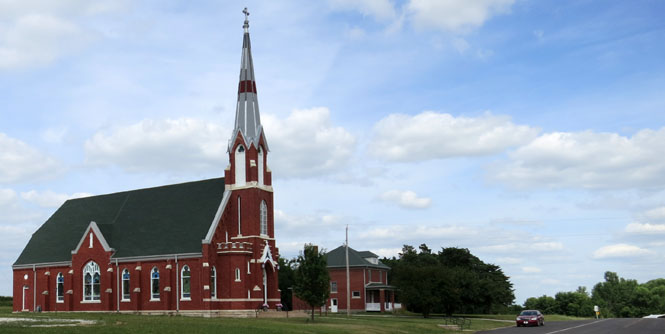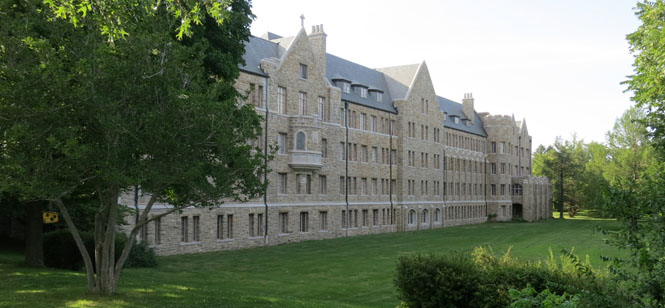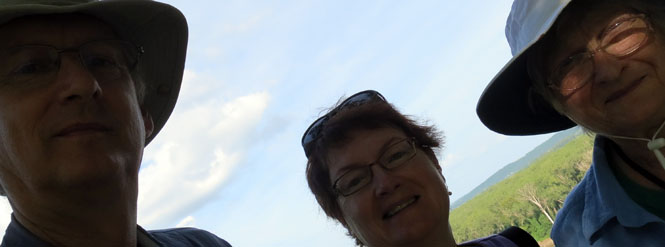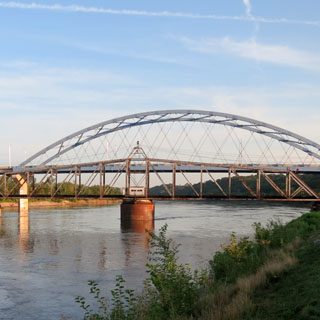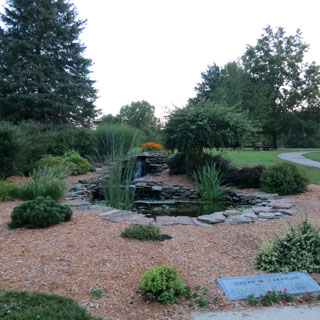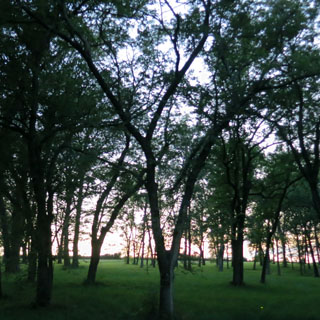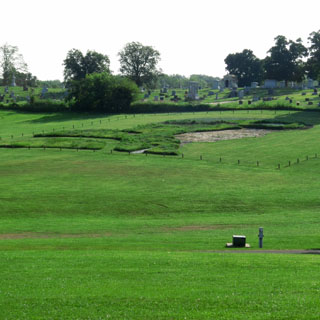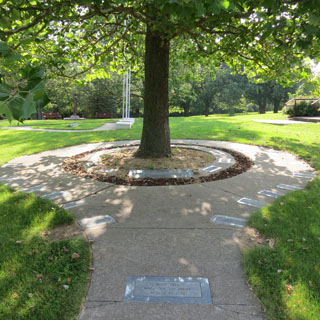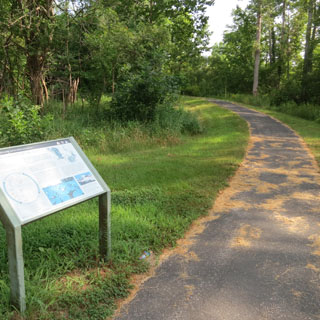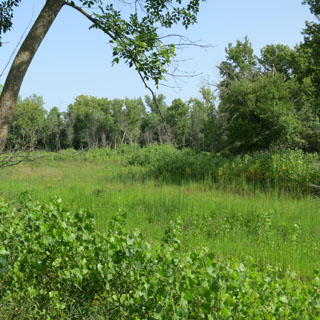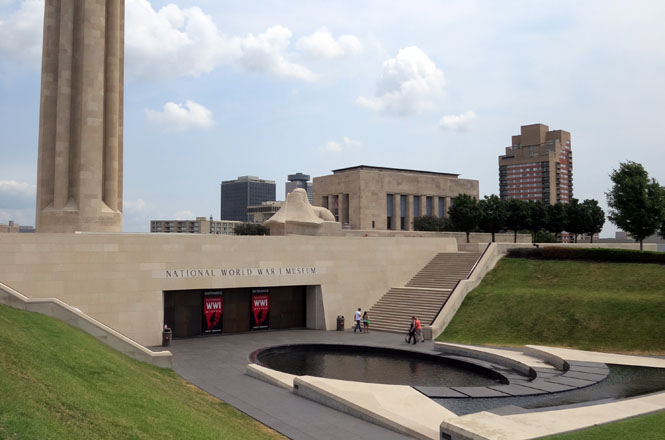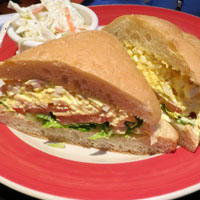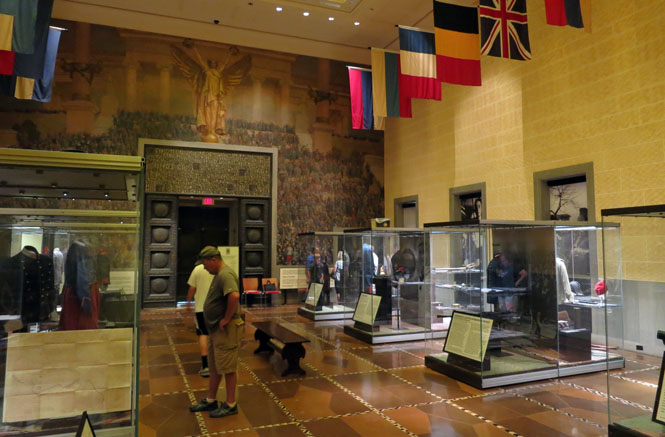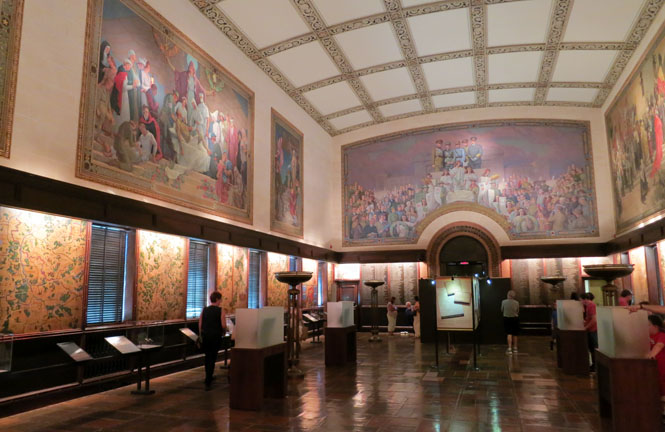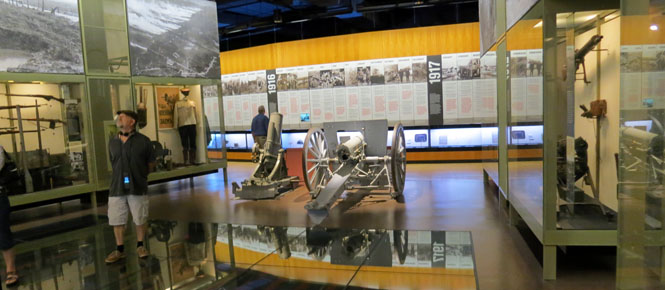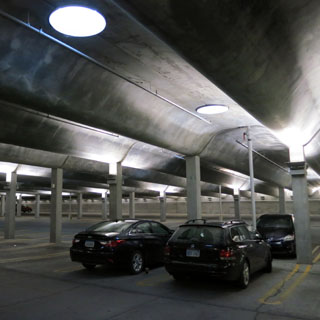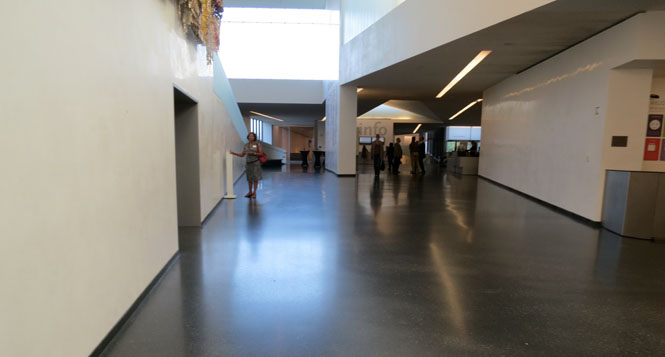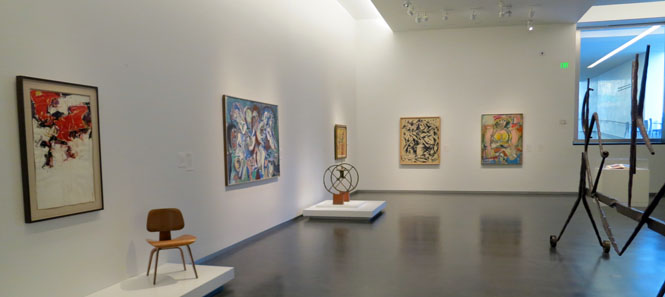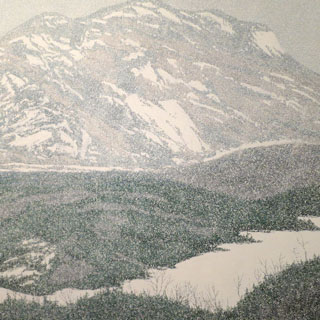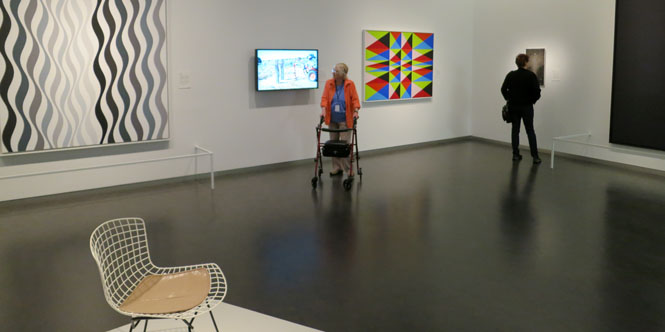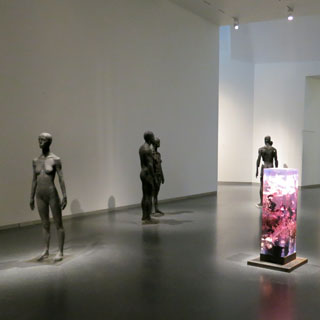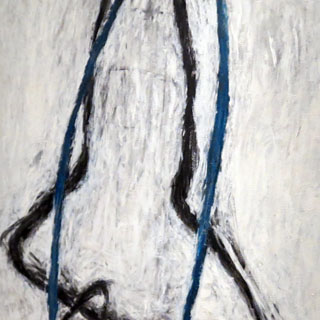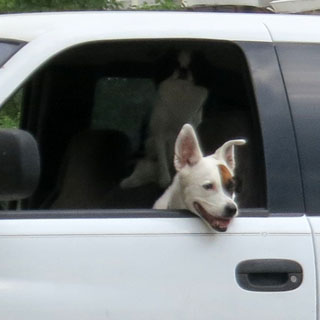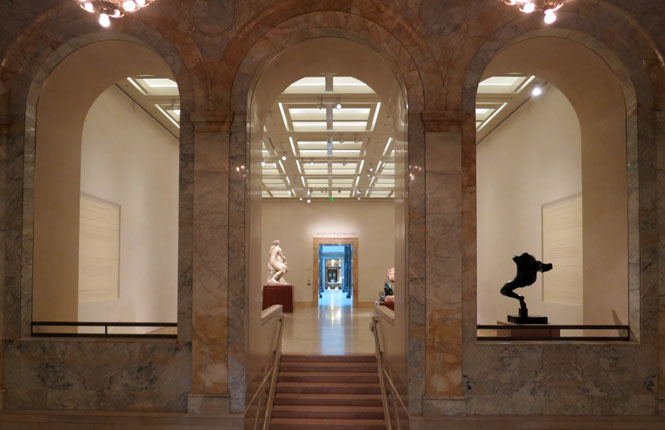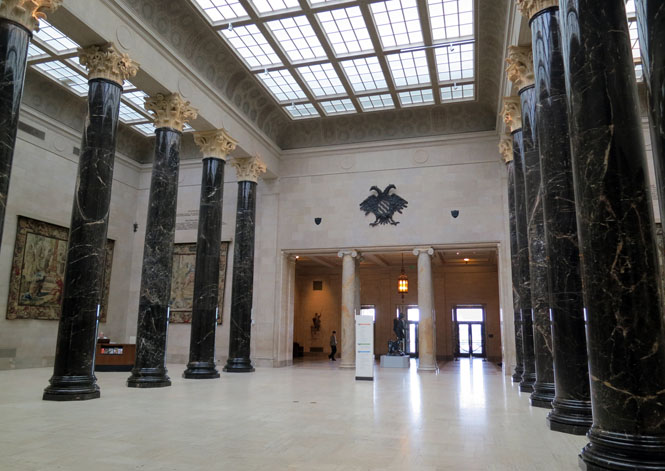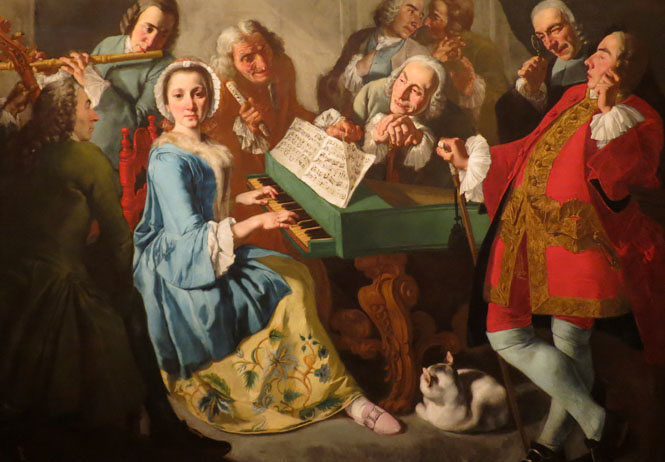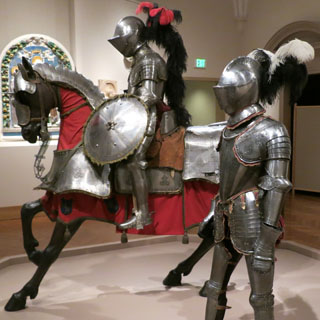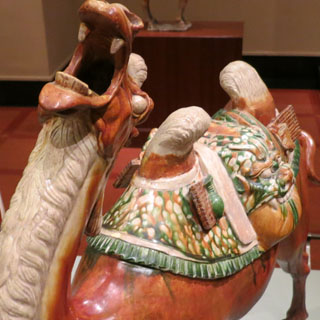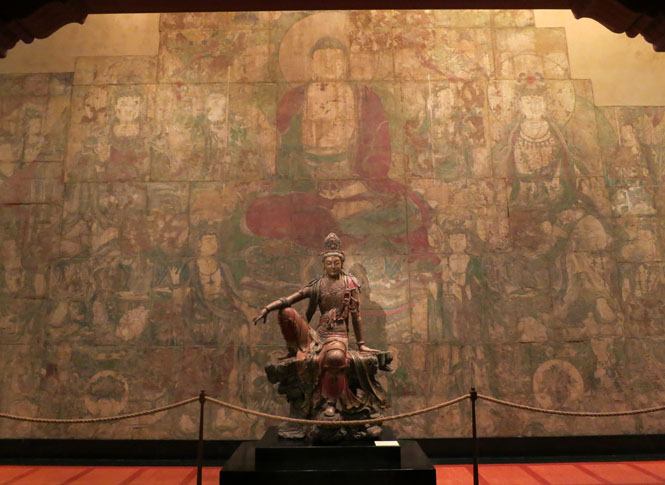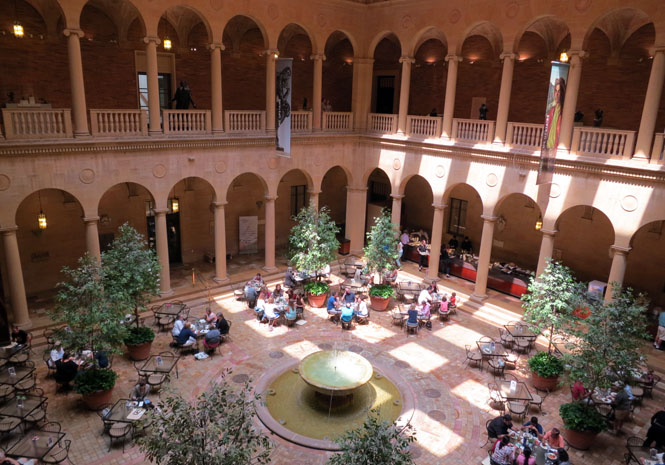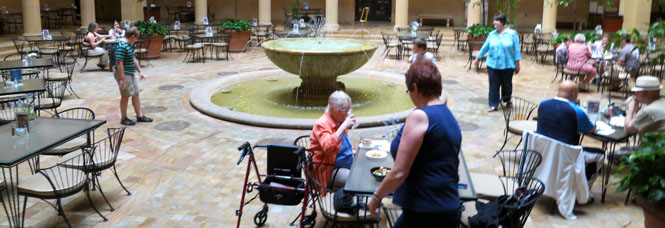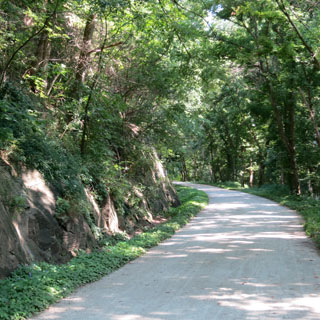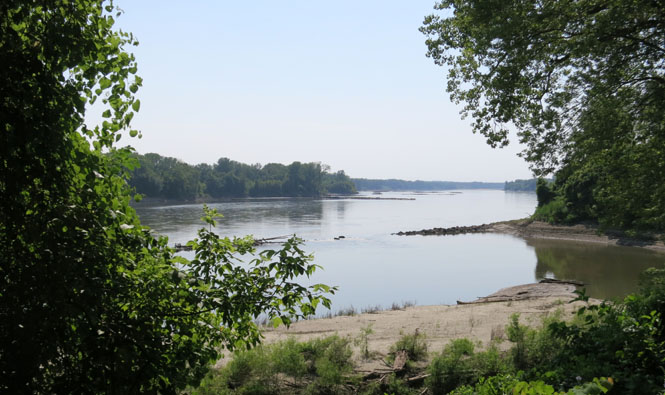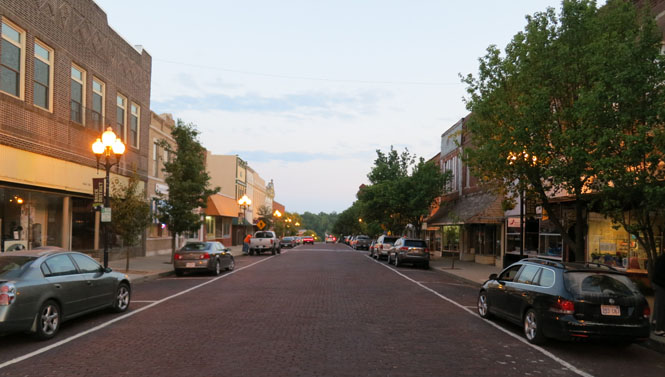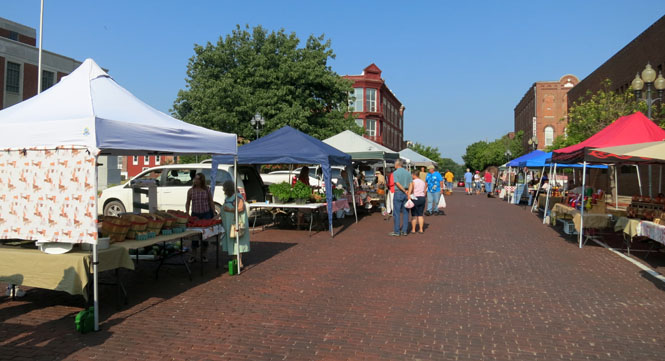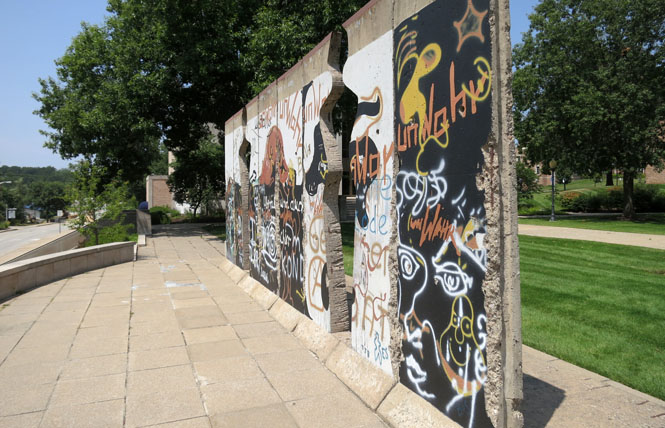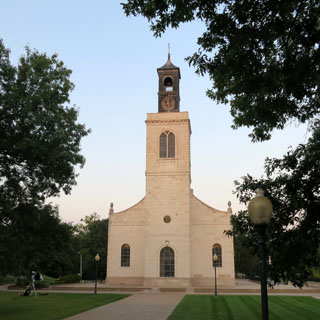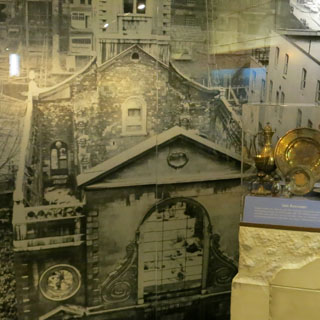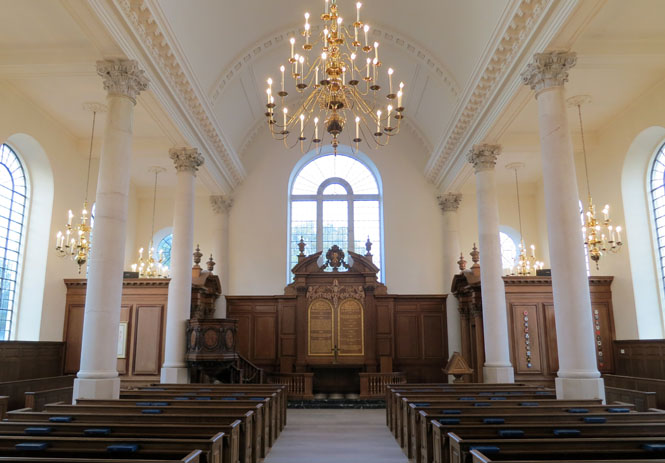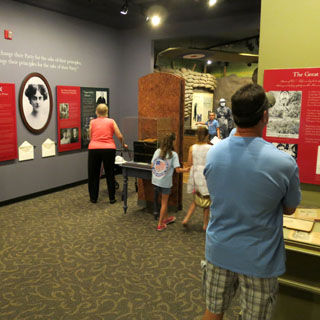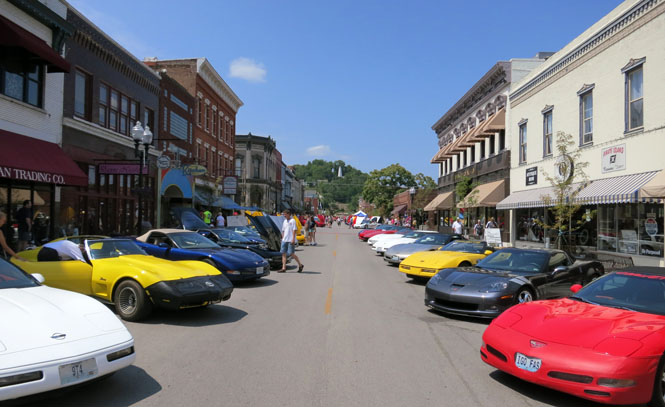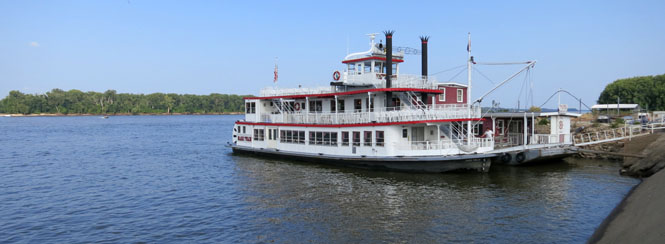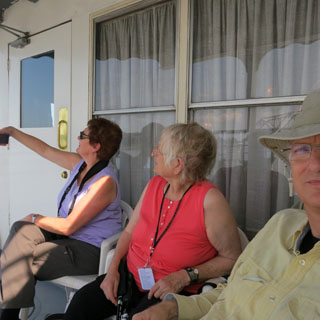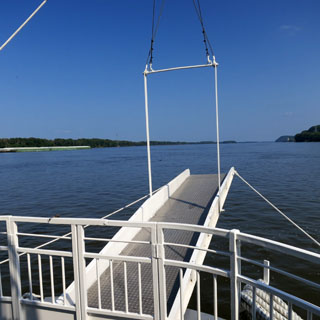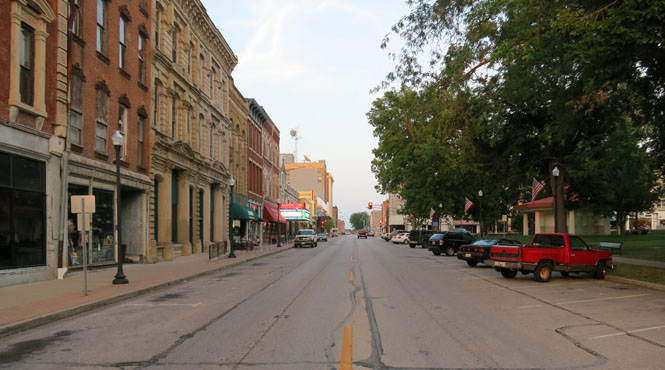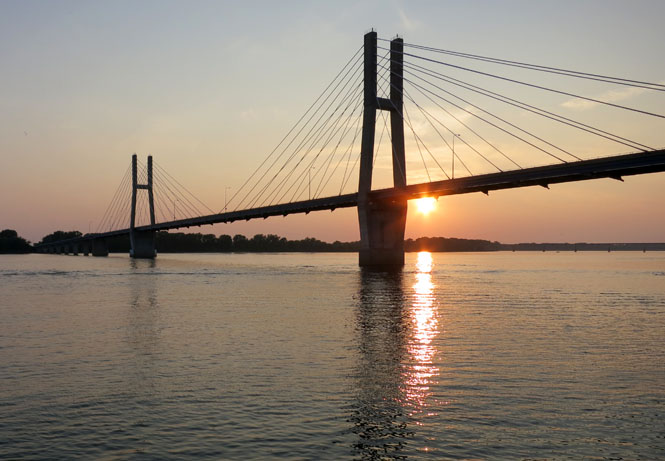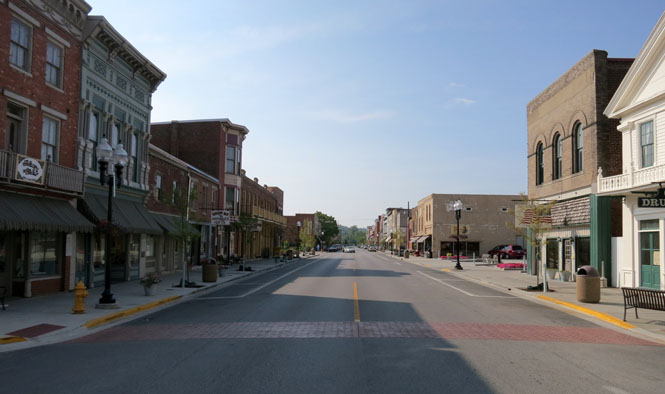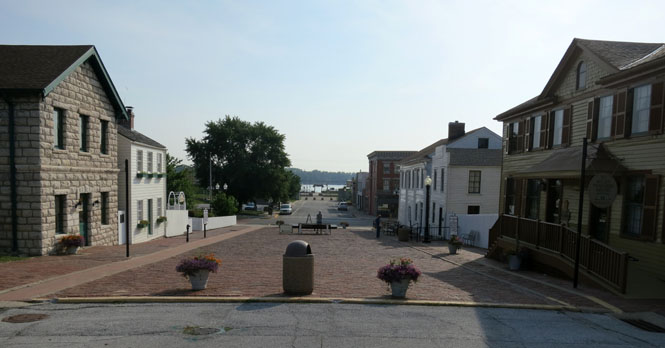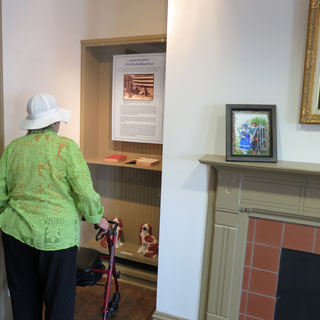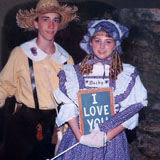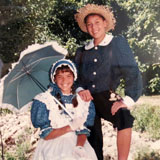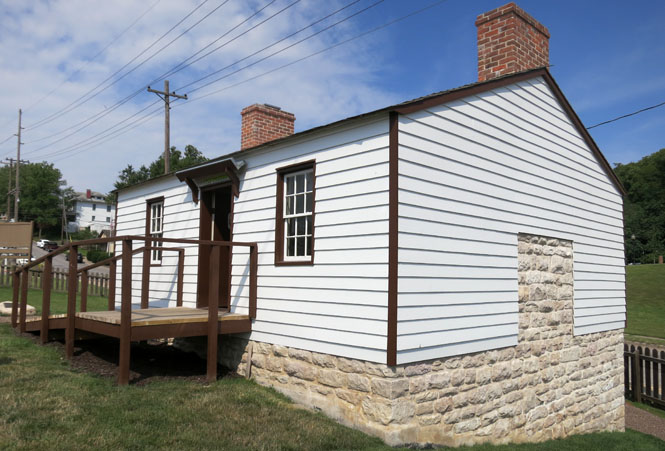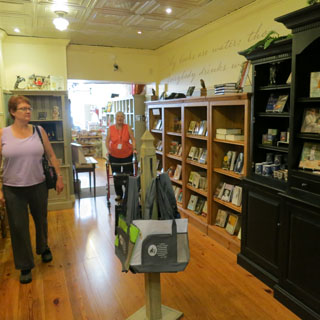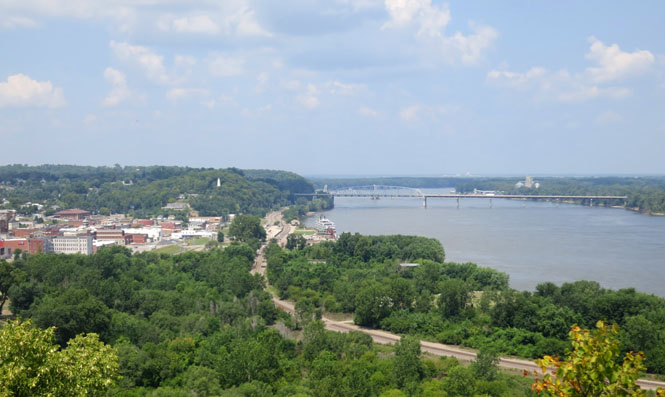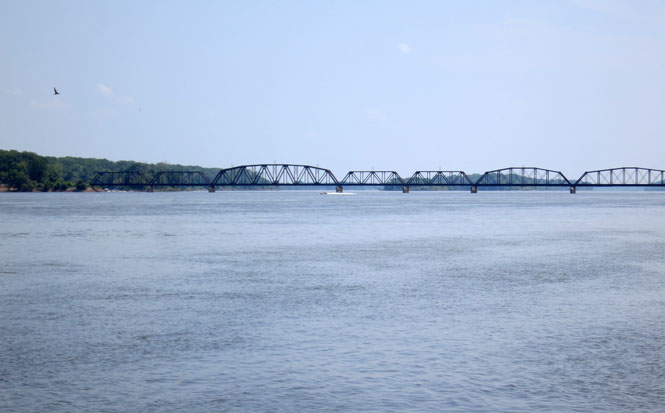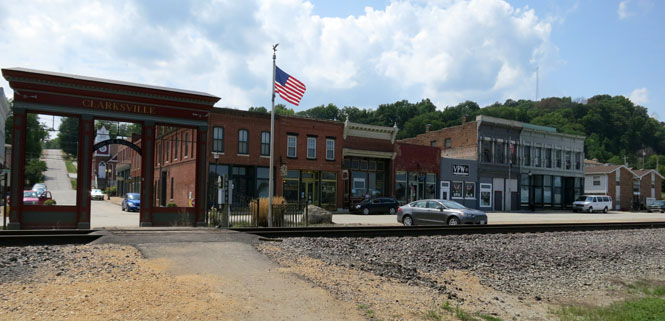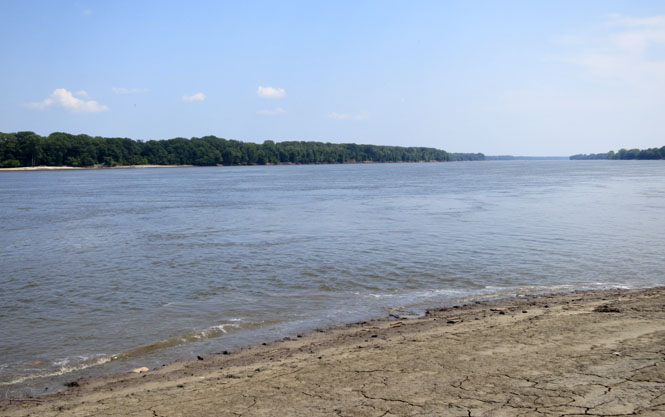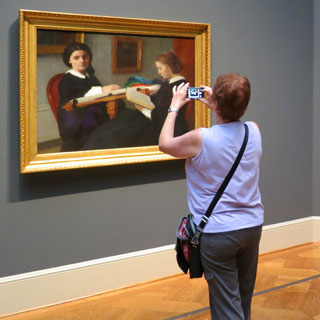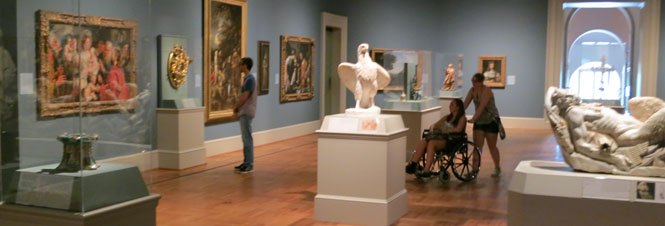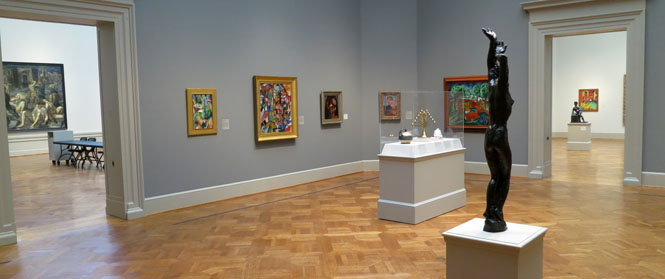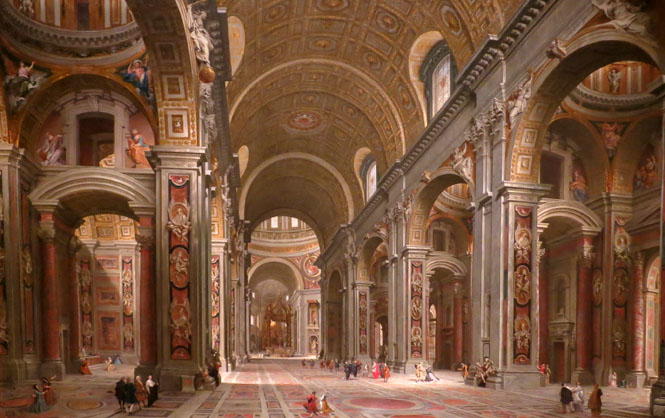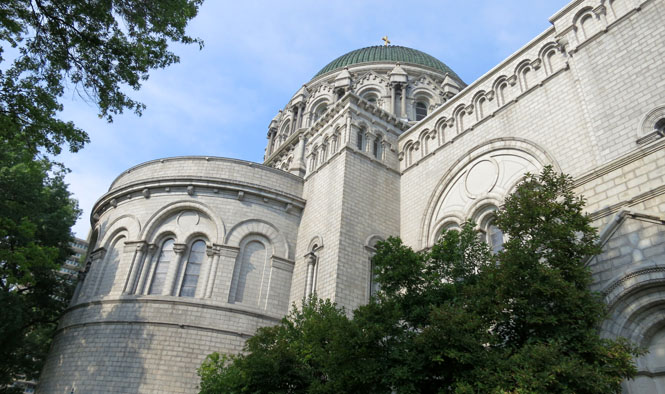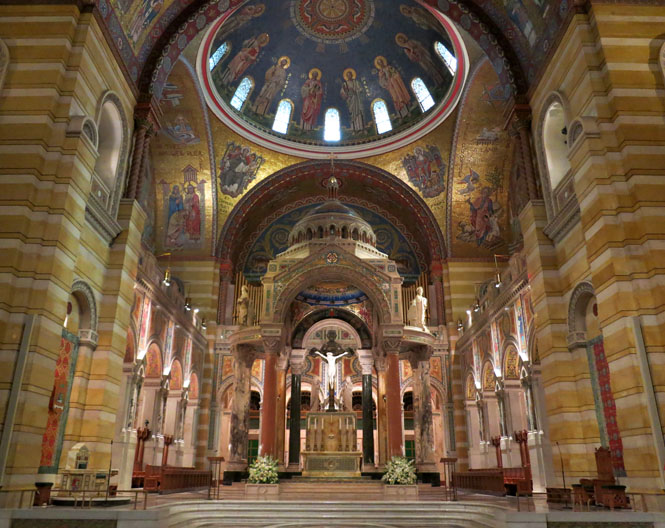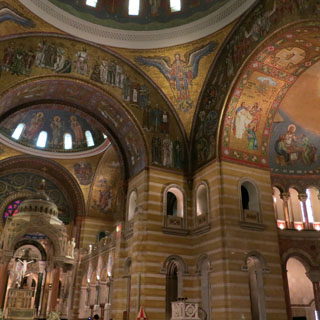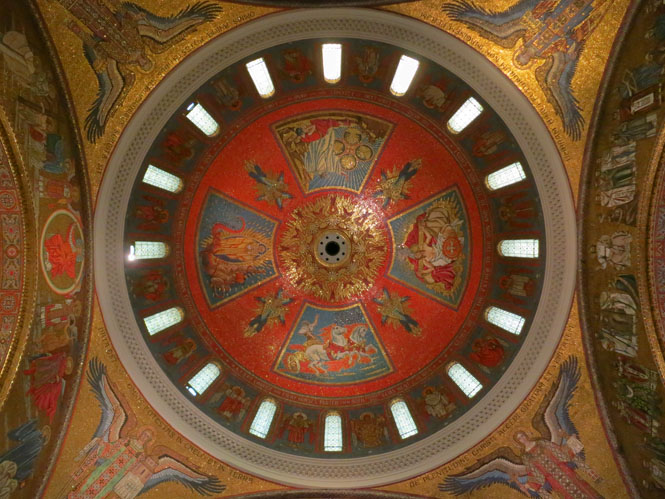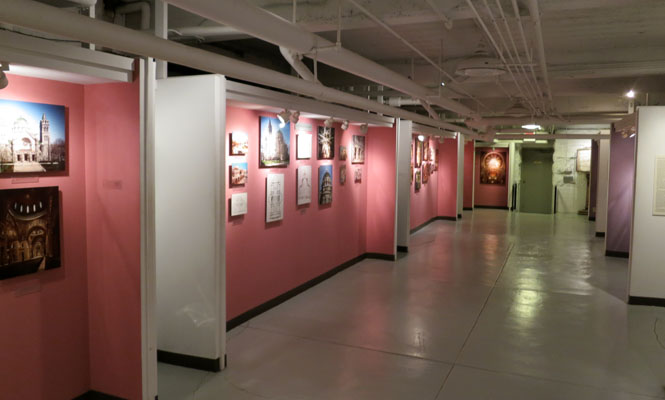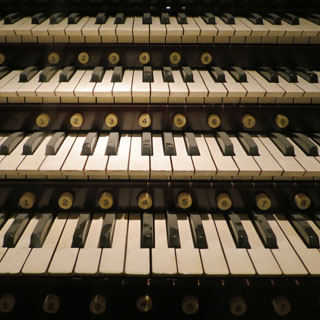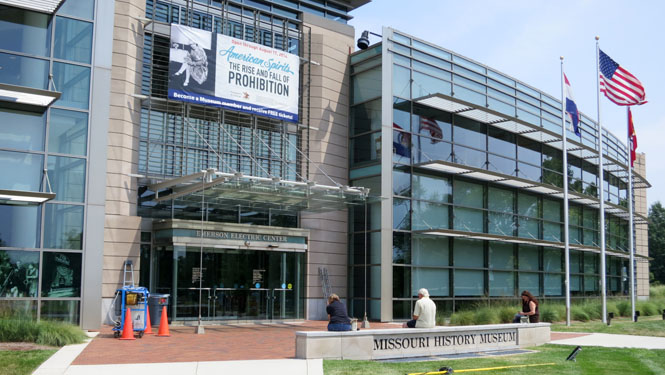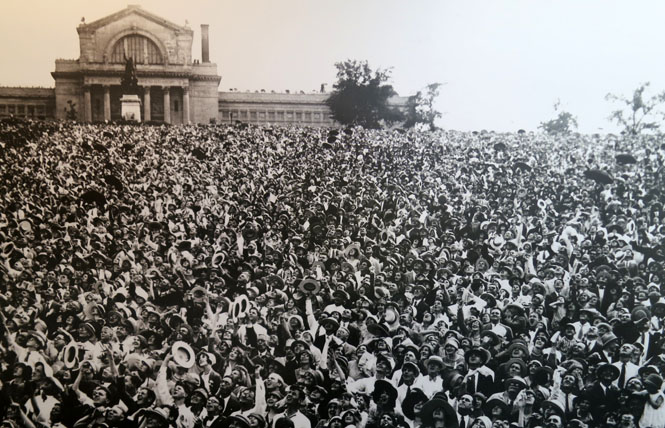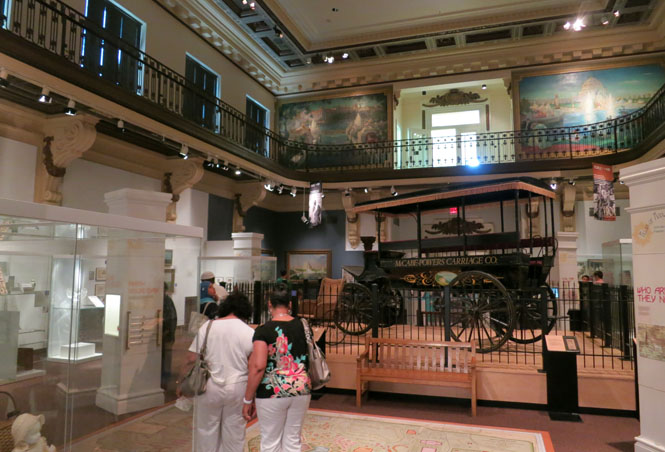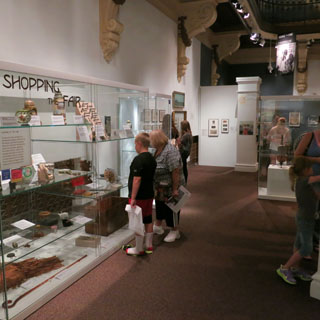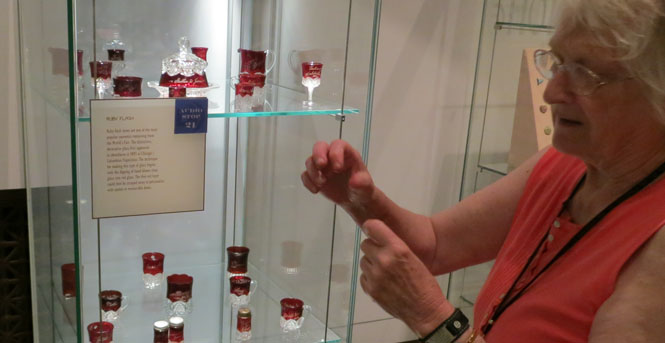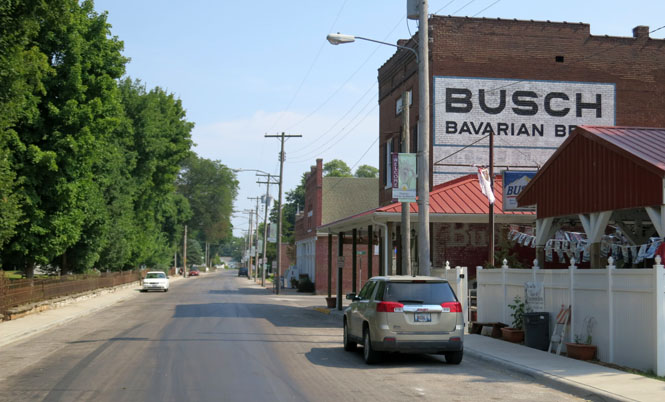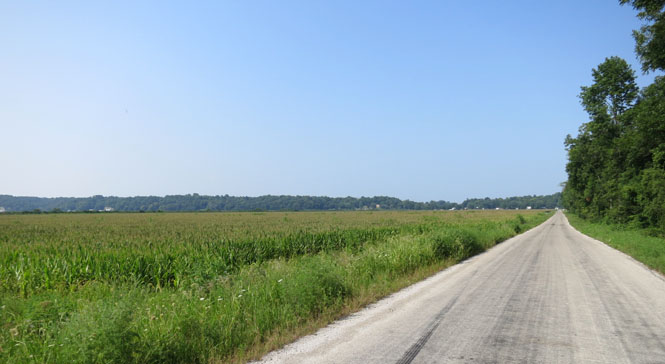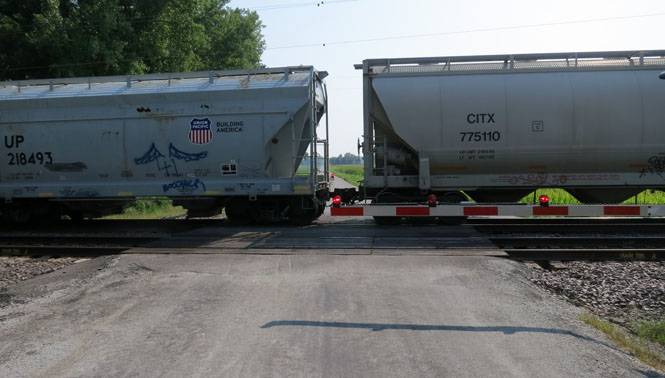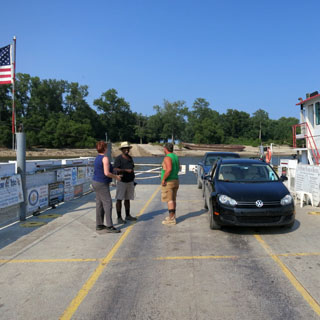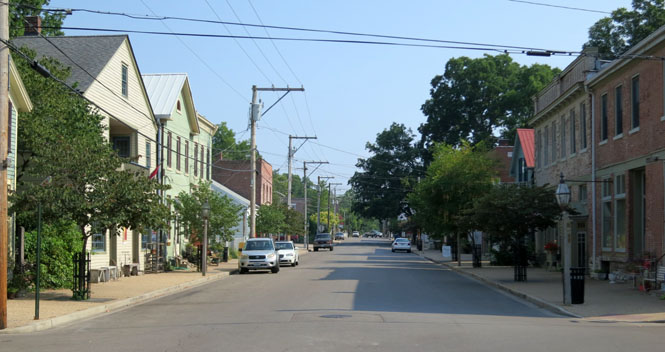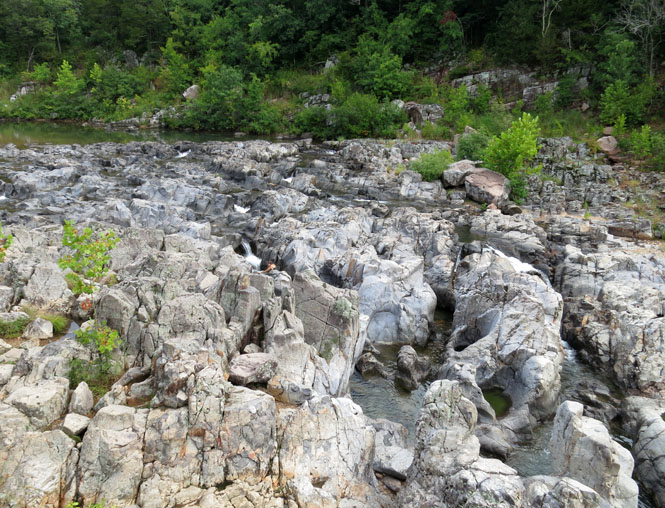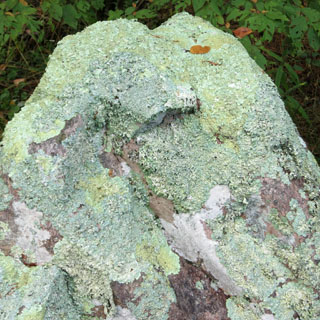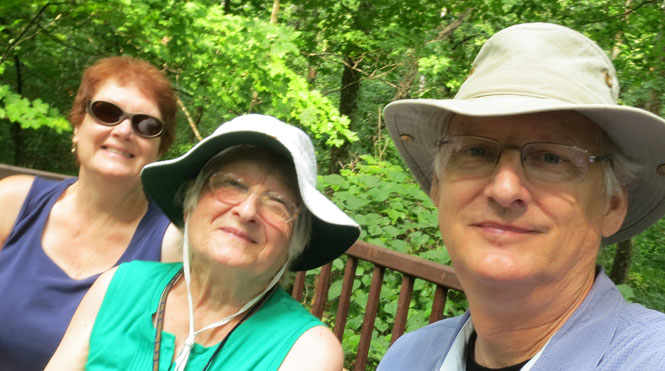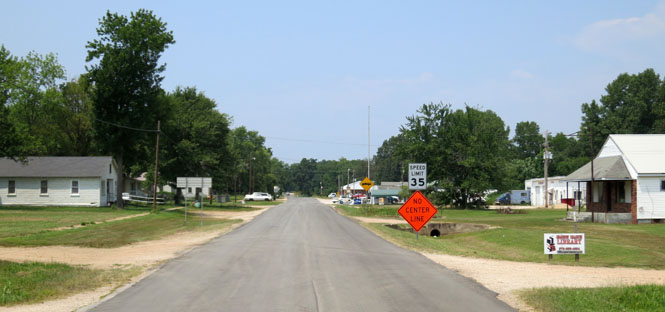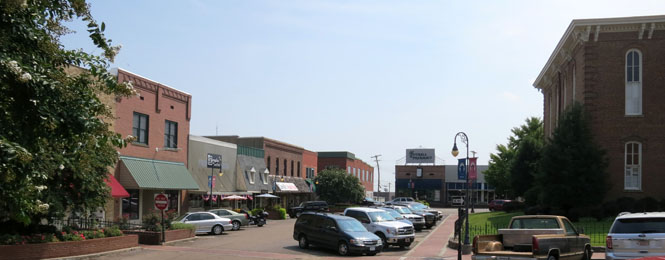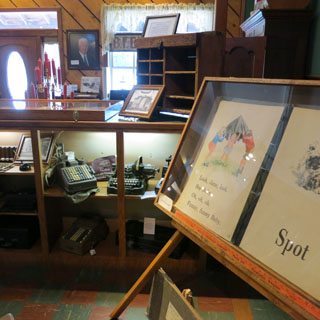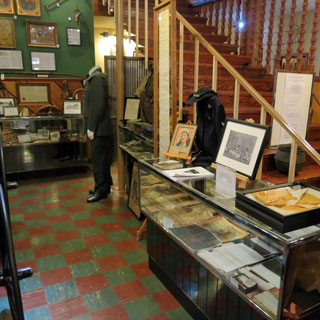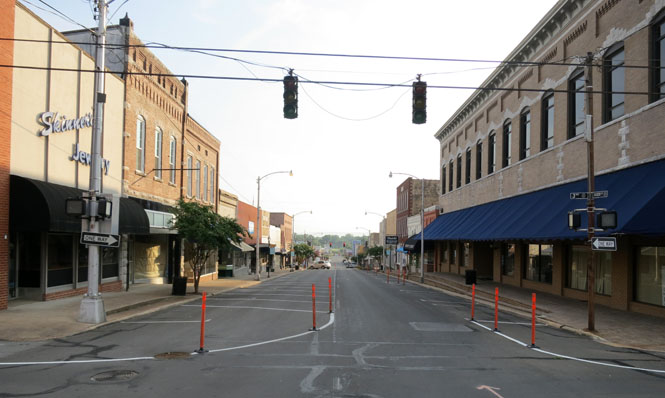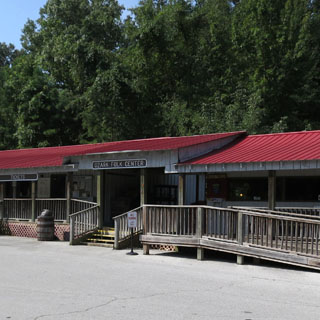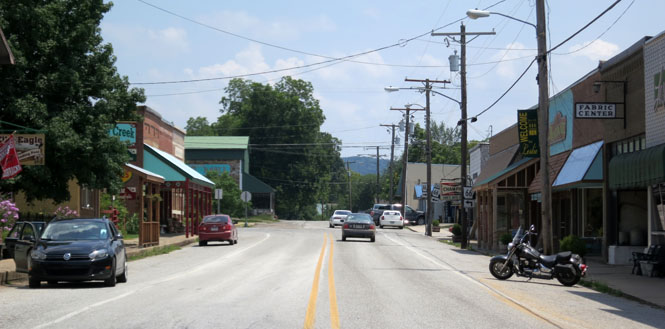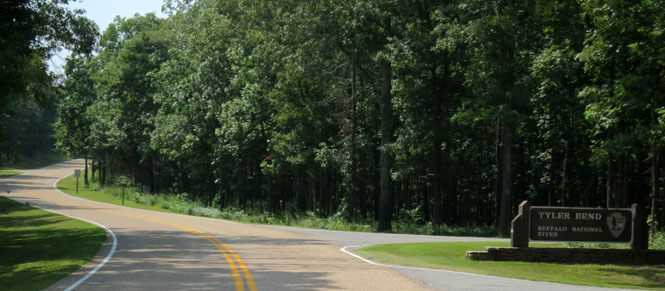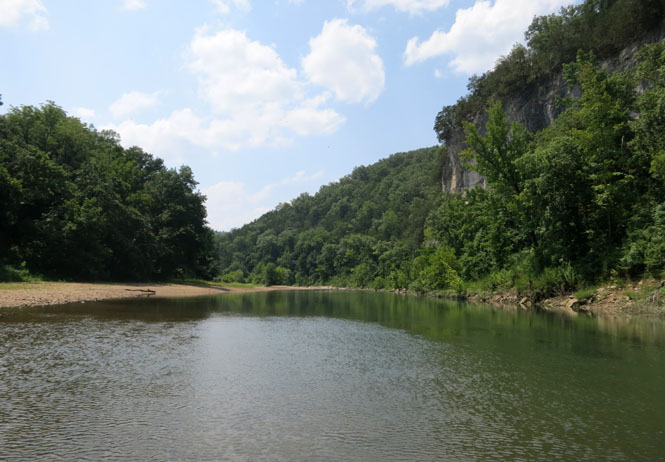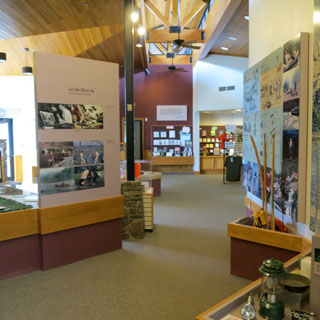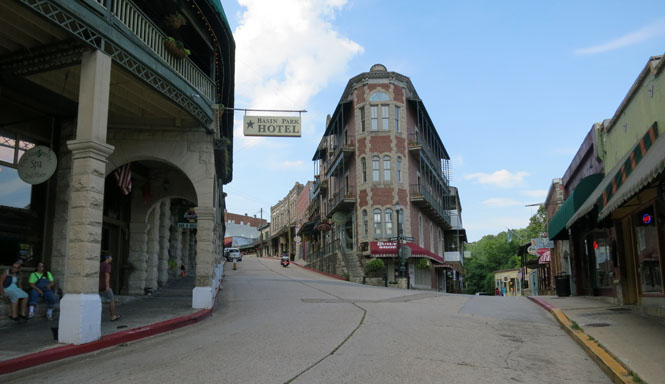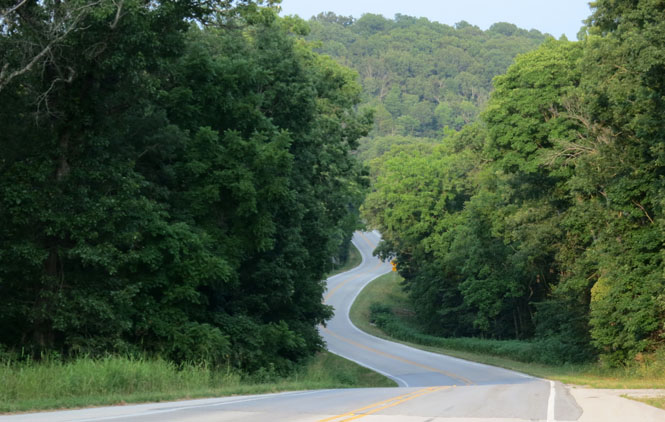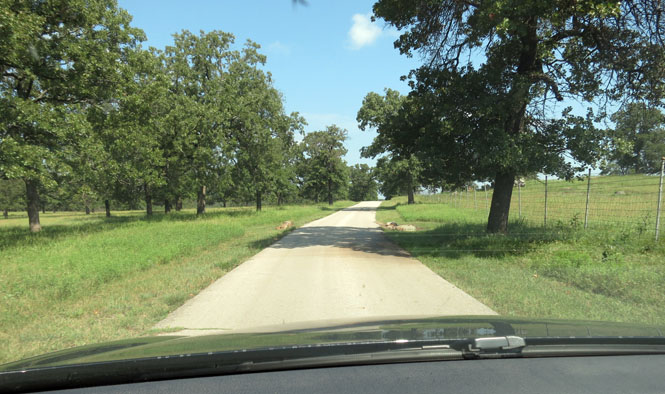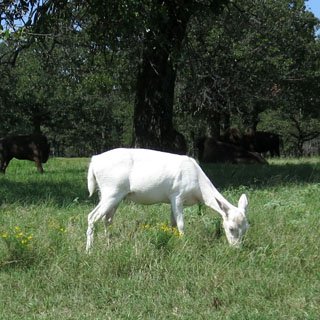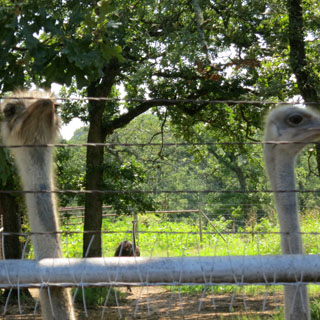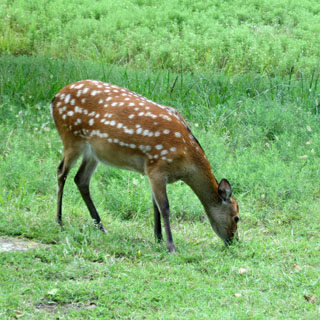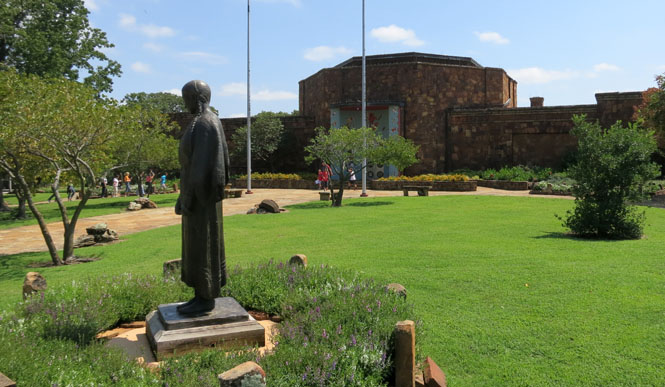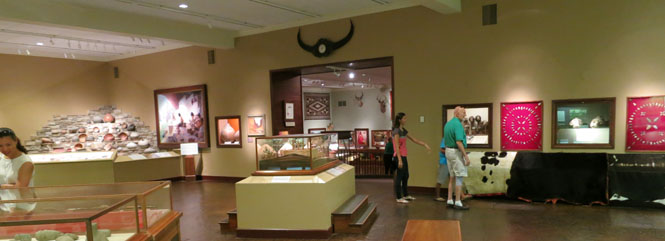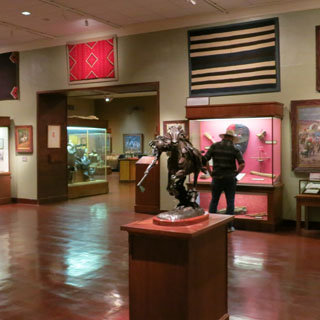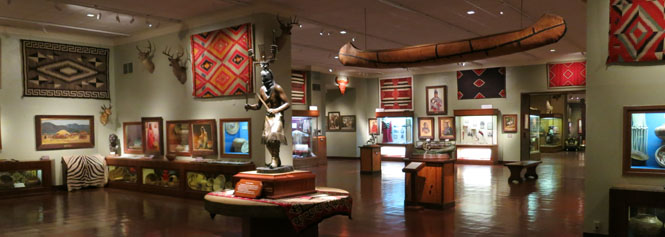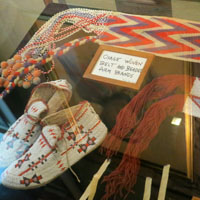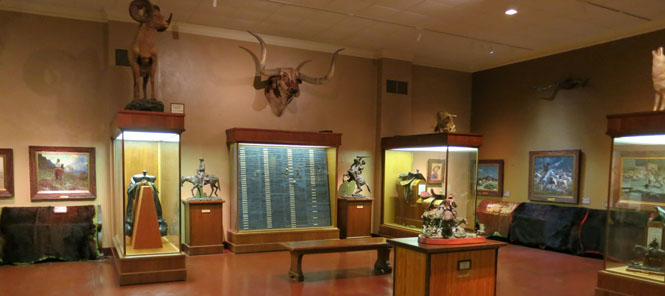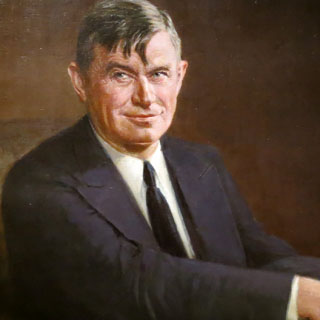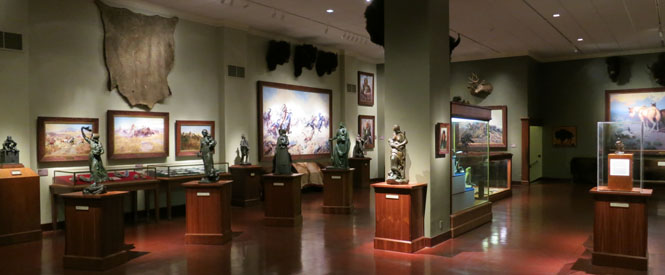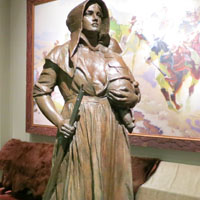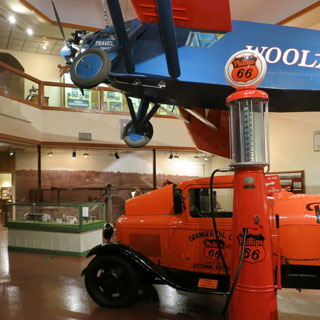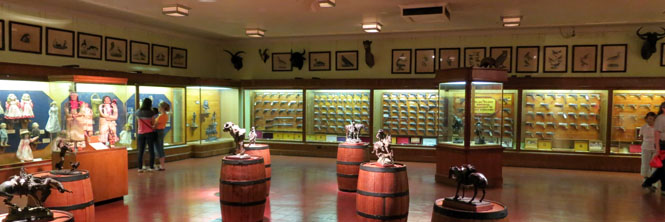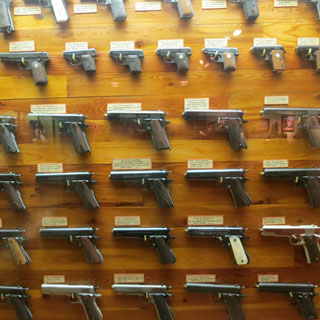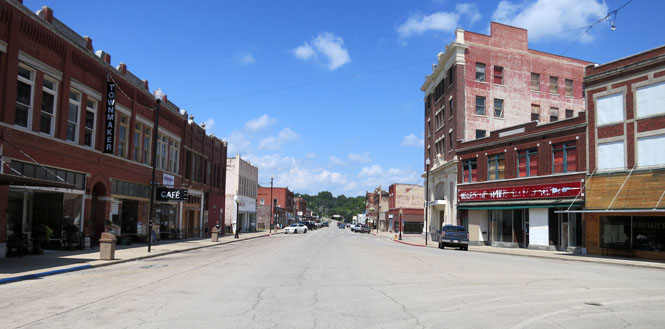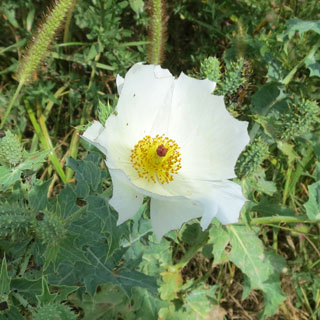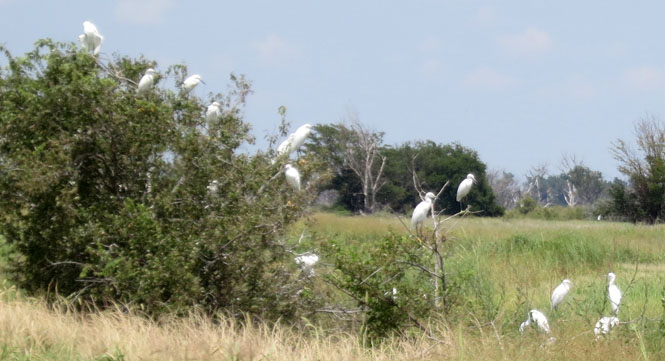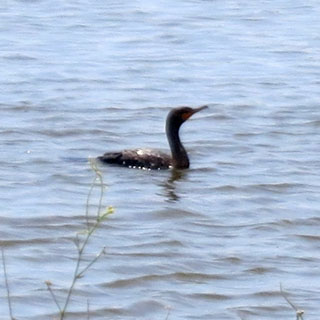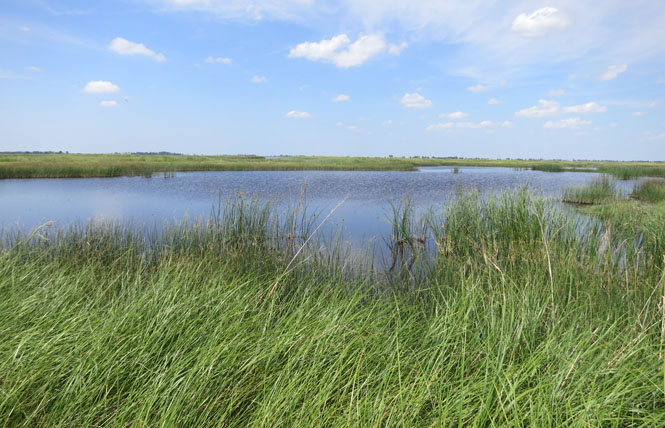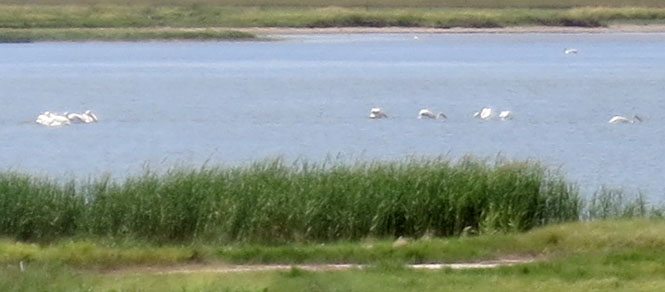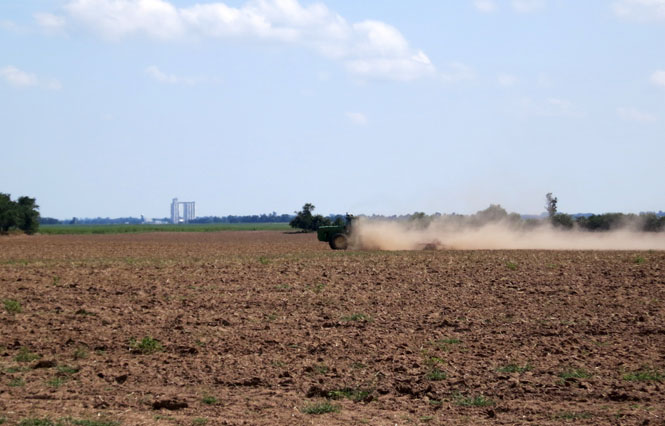August, 2014

Being a trip with Awanna, Rebecca and Daniel. Sometimes a theme develops from a road trip--a topic that ties it all together. Perhaps this one was "late 19th century America leading to World War 1 and the aftermath." That might be a stretch. The most general goal was to reach the Mississippi River. Beyond that, the time remaining (over one week) would decide how we got there and how we returned.
Miles driven: 1765 miles.
 Kansas
Kansas
Overall, the car made 43 mpg for the trip. We had some rain, but never so much as to be a problem. The orange device (below) is a Spot GPS tracker, which was used to mark our trip on the map at the top of the page.
The Nazareth Convent in Concordia, Kansas was built in 1903. Today, some thirty Sisters of St. Joseph live here in retirement.
The National Orphan Train Museum is also in Concordia. That free-standing white box (below, right) is a "little free library."
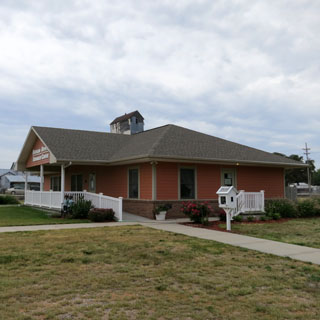
Through a variety of organizations (mainly, the children's aid society of New York), trains delivering orphans ran across the country from 1854 through 1929. 250,000 orphans were placed.
The museum is in the old Concordia railroad depot.
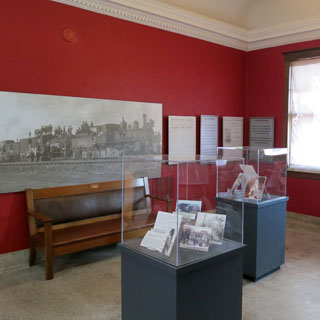
Tuttle Creek (in Riley county, Kansas) has been dammed, but you would hardly know that from looking around--water levels are low; back to the original creek channel. The broad valley is an attractive wetland for birds.


Olsburg, Kansas. A good place to stop at the general store for some iced tea.
Blaine, Kansas. This is the St. Columbkille church (I looked it up for you: he's an Irish abbot who converted the Picts of Scotland to Christianity starting around the year 563).
Benedictine College in Atchison, Kansas was started in 1858 by a couple of Benedictine monks. In 1973 it merged with Mount St. Scholastica, a women's college, also in Atchison.
We're on the Missouri River.
The International Forest of Friendship is the awkward name for a planted forest established by the women's aviation organization The Ninety-Nines and the University of Kansas Forestry Extension. The first president of the Ninety-Nines was Amelia Earhart, who was born in Atchison, Kansas.
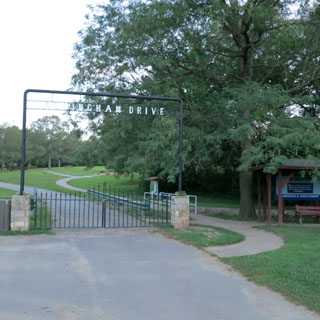
A tree has been planted for every state and for many countries. We noticed that some states had more than one tree (perhaps serving as a backup?), while other states are in need of a replacement tree. California has a Redwood and Kansas has a Cottonwood, and you can imagine the difficulty of keeping all these trees from different climates going strong.
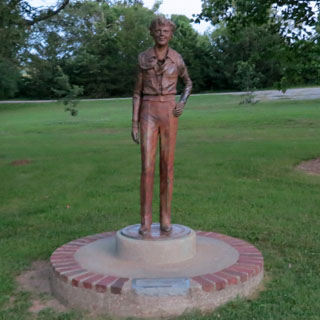
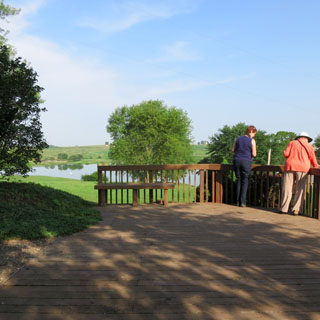
Artist Stan Herd (from Protection, Kansas) has created a large landscape portrait of Earhart, which can only properly be seen from the air, as seems appropriate.
The names of many aviators can be seen along the pathways.
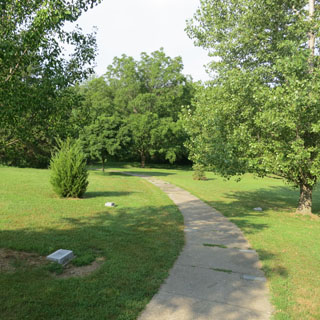
 Missouri
Missouri
Little Bean Marsh is a wildlife area along the Missouri River. The state has done a nice job of providing paved paths (even though the road into the area is not paved). Lewis and Clark camped near here in 1804.
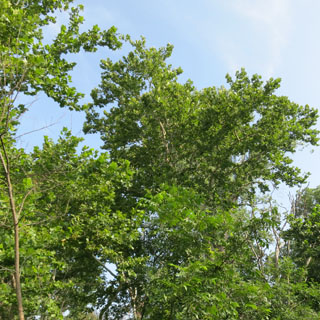


Driving to Kansas City.
The National WW1 museum in Kansas City was dedicated in 1926, and has been enlarged considerably since then.
Lunch in the "over there" cafe. One of us had the soldier's special.
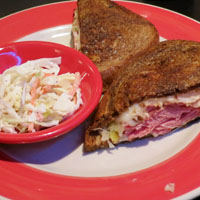
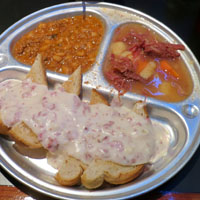
This building served as the museum home for many years. Today it is used for special exhibits--particularly as we move through the one-hundredth anniversary of the war.
The tower is 217 feet tall. An elevator takes you most of the way to the top.
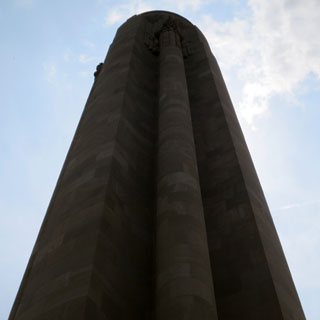
This second building was first used for meetings and special events, today it serves as the overall memorial to those that died.
The main museum is all below ground, and was opened in 2011. It is a substantial increase over the original building and expanded the museum to the major display of World War 1 artifacts that it now is.
Gifts to British Troops from Princes Anne (below), and a couple of elaborately illustrated envelopes.
The museum has an impressive collection of propaganda posters from many countries.
Kansas City's Country Club Plaza. We were in neither a BMW nor a Mercedes--both of which are fairly common in this premier shopping district of Kansas City.
We were lucky to find that the Nelson Atkins was open late on Thursday nights. Note that the skylights in the parking garage (below) are below a large reflecting pool, creating curious rippling shadows.
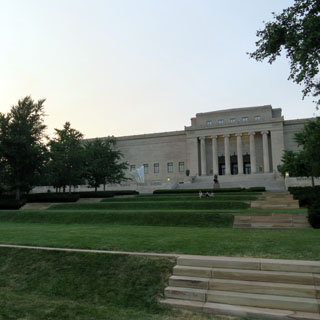
We restricted ourselves to only visiting the contemporary Bloch Building of the museum this evening. We'd return tomorrow to visit the original Nelson Atkins.
Yes; touching is allowed. These black panels are made from a coal slurry and were samples of the process used to make the human sculptures seen below.
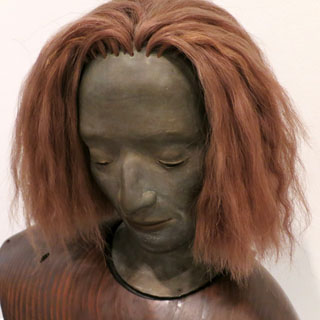
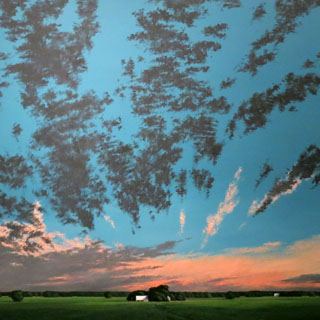
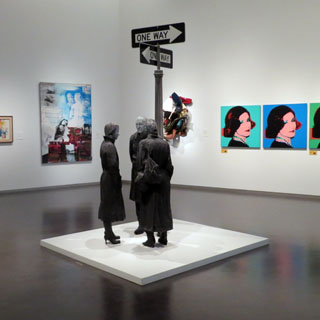
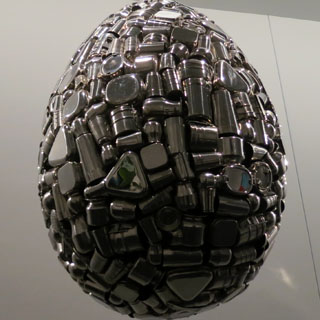
The Kansas City Holiday Inn (in Olathe, Kansas).
While driving to the Nelson Atkins in morning a dog-in-truck is spotted!
The Nelson Atkins Museum of Art.
This is the original entrance hall, and still is if you approach the museum on foot (and don't use the underground parking). The Nelson-Atkins does not charge admittance.
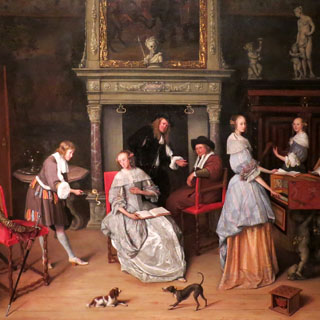
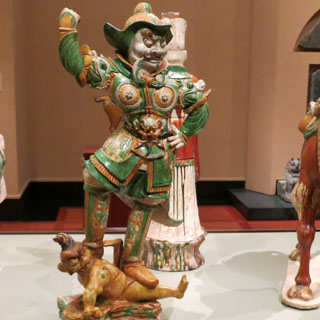
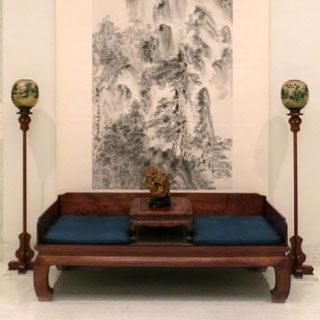
The horrors of hell are curious (and drinking beer, dangerous).
We had lunch at the Rozzelle Court Restaurant. It is surrounded by a 15th century Italian courtyard. Recommended.
Of course; we all had a bit of the Nelson Key Lime Pie.
Leaving Kansas City through a sea of orange traffic cones.
Rocheport, Missouri was first built on the banks of the Missouri River in the early 1800s. Today it is a resting point and overnight stop on the Katy Trail, a bicycle trail that extends across Missouri.
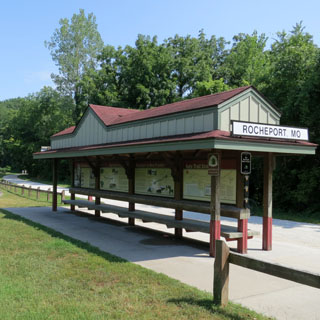
We relax in the shade and take note of hard-working and hot bicyclists rolling by.
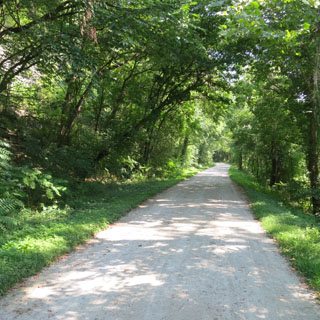
The Missouri River viewed from the trail.
The Kingdom City gift store: Ozarkland. Yes; it is exactly what you think it is.
Fulton, Missouri in the evening.
The farmers market takes up a couple of blocks of downtown the next morning.
Westminster College at Fulton, Missouri.
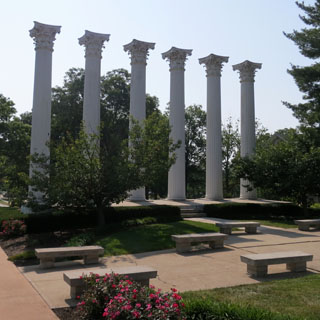
The National Churchill Museum on the Westminster college campus. Churchill gave his famous "Iron Curtin" speech on this spot in 1946.
From Stettin in the Baltic to Trieste in the Adriatic, an iron curtain has descended across the Continent. Behind that line lie all the capitals of the ancient states of Central and Eastern Europe. Warsaw, Berlin, Prague, Vienna, Budapest, Belgrade, Bucharest and Sofia, all these famous cities and the populations around them lie in what I must call the Soviet sphere, and all are subject in one form or another, not only to Soviet influence but to a very high and, in many cases, increasing measure of control from Moscow.
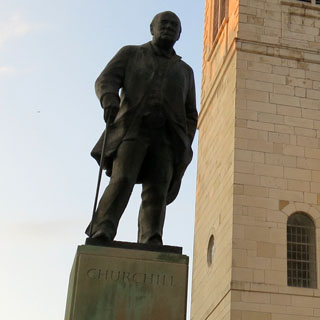
A piece of the Berlin Wall (still covered in original graffiti) has been used to create this sculpture.
The Churchill museum is below St Mary's Church. This Christopher Wren church was built in London in 1679. The church was so badly damaged after the second war, that it was on the list to be removed. It was saved, however, and was brought to Fulton stone, by stone, to be rebuilt here.
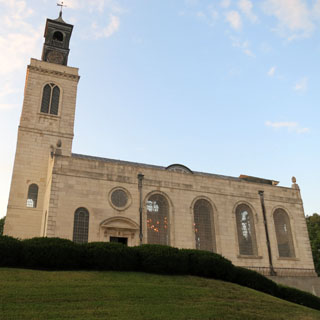
In the map (below) you can see St. Paul's in the center. The St. Mary church is in the lower right corner of the map. The photograph shows what remained of it after being bombed.
Inside St Mary Church at Westminster College. Notice the clear glass and the bright sunlit interior. This was Wren's original idea. Credit to those who decided against stained glass (which would have been shattered when the bombs fell) and returned the church to its more original appearance.
Inside the Churchill Museum at Fulton. It's clear that Churchill was never the man to give up. He had countless setbacks, but never stopped trying to convince people that he knew better than they what was happening in Europe.
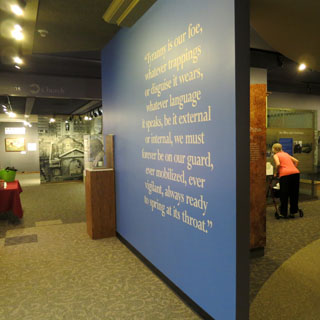
Hannibal, Missouri. Good heavens! We forgot to bring our Corvette.
It's Tom and Becky.
The river boat "Mark Twain" at Hannibal, Missouri.
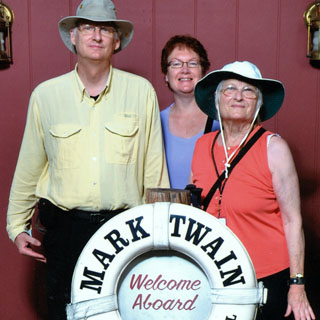
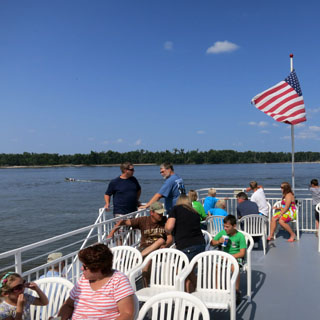
 Illinois
Illinois
Owing to the town being overrun by Corvettes and their owners, there were no rooms available. Quincy, Illinois isn't far away.
Quincy, Illinois
All traffic on this bridge runs westward.
 Missouri
Missouri
It's another dog-in-truck, but perhaps not very clearly.
Hannibal, Missouri the next morning. The Fiberglas cars are gone, and the street is safe to walk once again.
This bit of old Hannibal contains many places mentioned in the books "Tom Sawyer" and "Huckleberry Finn."
Doing the best I can.
The white house (not the stone building) was where the young Mark Twain lived...as did Tom Sawyer.
The girl who was the basis for Becky Thatcher (Laura Hawkins) lived here.

Since the mid-1950s, there have been many Beckys and Toms strolling arm-in-arm along the streets of Hannibal (posing for what must be hundreds of thousands of photographs over those years).
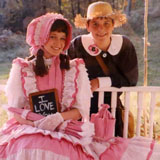
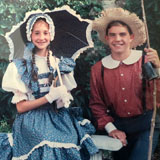
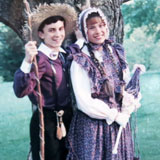
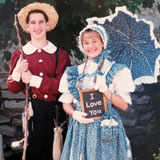
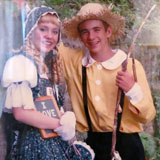

Hmm. I'm not sure these two would make the cut.
The Mark Twain interpretive Center.

Huck Finn's house. Finn was based on real-life Tom Blankenship. Likely when Blankenship lived here, the house wasn't nearly so well kept.
Tom's house and gift shop.
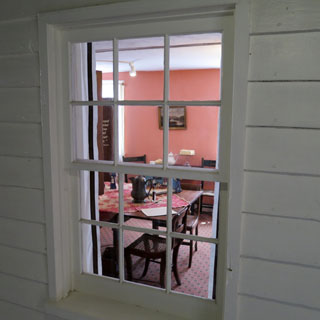
Frankly, the downtown museum (only steps away) isn't nearly so interesting as the complex of historical buildings and museums just visited.
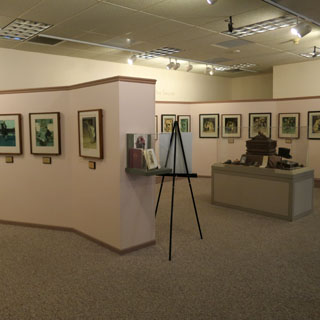
Lovers leap, south of Hannibal.
Driving down the Mississippi (on the Missouri side).
Louisiana, Missouri. Yes; that is a fish with legs holding a rusty gun. I've no idea...
Clarksville on the Missouri River. Just in the last few weeks there had been a flood that reached (at least) to the tracks. People were still cleaning up the mess, which had closed the riverside park.
The St. Louis Art Museum is one of the largest in the United States. The main building was built for the 1904 World's Fair. There have been several expansions to the building since then, but we didn't wander too far from the original space.
The pool remains from the World's Fair, although all of the buildings that would have been seen from here, are gone.
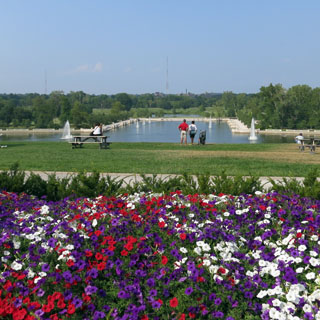
The Cathedral Basilica of Saint Louis was completed in 1914. It is stunning. It, and the city, is named for Louis IX, King of France (1214 - 1270), who by any measure was a remarkable man.
The outside doesn't prepare you for the inside:
In 1912, installation of mosaics in the interior
began. Completed in 1988, the mosaics collectively contain 41.5 million
glass tesserae pieces in more than 7,000 colors. Covering 83,000 square feet
(7,700 m2), it the largest mosaic collection in the world.
While the
mosaics in the side chapels and sanctuary walls were designed and installed
by Tiffany Studios, the mosaics in the main cathedral areas were designed by
August Oetken. Installation of the mosaics was completed by dozens of
artisans, including Hildreth Meiere, Ravenna Mosaic, Inc,. and Emil Frei,
Inc., of St. Louis. The narthex of the church depicts the life of King Louis
IX of France, namesake of the city and church, the rear dome includes
mosaics of significant archdiocesan events, while the main dome by Jan
Henryk de Rosen depicts Biblical scenes from both the Old Testament and New
Testament.
--Wikipedia entry

There's a basement museum that covers the building, itself.
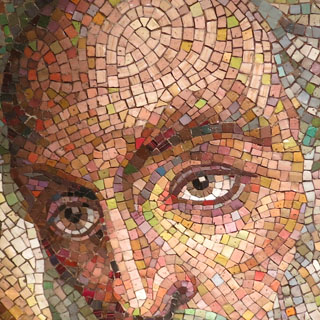
Placing the tiny glass bits on a cardboard base, and then transferring that to the prepared surface on the wall. Afterwards, the pieces are tapped with a small hammer to displace the surfaces, which gives a shimmer to the gold.
The Eads bridge is in the foreground. In 1874 it was the longest arch bridge in the world and was the first to be built of steel (not iron). It's higher than it might appear: 88 feet of clearance above the water.
You needed a ticket to go up into the arch, but first, you needed to wait in a rather long line to get through security before entering the building where you could (if lucky) buy your ticket. We did neither.
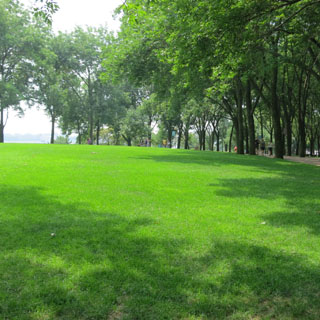
Driving through St. Louis, a nice refurbished service station is spotted. Well done, BP (or Amoco, or...).
The Missouri History Museum was built in 1913, and was therefore not part of the 1904 World's Fair, although it sits on the grounds.
In the grand hall you'll see the sister ship of Lindbergh's Spirit of St. Louis (the one used on the Atlantic flight is in the Smithsonian).
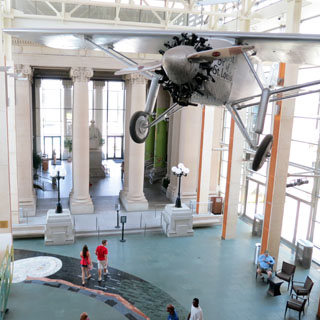
We had lunch in Bixby's, on the second floor of the museum. It's recommended.
One of the exhibits in the museum (and the only one visited) covered the 1904 world's fair. What remains from that fair is an enormous park.
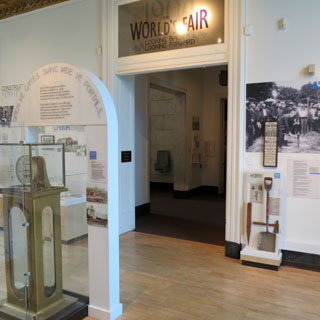
Ruby flash items are one of the most popular
souvenirs remaining from the World's Fair. the distinctive, decorated
glass first appeared in abundance in 1893 at Chicago's Columbian Exposition.
The technique for making this type of glass begins with the dipping of
hand-blown clear glass into red glass. The thin red layer could then
be scraped way to personalize with names or memorable dates.
--museum
exhibit
Two of the ruby flash souvenirs brought home by the Hug Brothers (great-grandfather and his brothers of Rebecca and Daniel).
The ruby flash glassware was very popular. I've no idea how popular the pig-and-mug might have been.
 Illinois
Illinois
Prairie du Rocher, Illinois.
Down to the river.
There are still a few ferries that cross the Mississippi; this is the Ste. Gen-Modoc River Ferry. It might be clear, but these are all free-running ferries; no cables. A skilled pilot brings it cross-current to the landing on each side without any assistance on the shore. I'm impressed.
Ste. Genevieve-Modoc Ferry
Hours of Operation
Mon-Sat: 6:00 am to 6:00 pm
Sun: 9:00 am to 6:00 pm
November thru
March: Close at 5:00 pm
Ferry Closed: Thanksgiving Day, Christmas Eve,
Christmas Day, New Years Eve, New Years Day
Rates
Ped $2.00,
Bik $5.00, Motorcycle $7.00
Car & Pickup $15.00, round Trip $25.00
Other Vehicles: Space as used
--ferry sign
 Missouri
Missouri
Saint Genevieve, Missouri.
Farmington, Missouri.
Johnson's Shut-in State Park. Not long back, a catastrophic breach of an upstream reservoir (the Taum Sauk Dam Failure) caused a tremendous amount of damage to the park. They've done an amazing job cleaning things up.
"Shut-in" is a term for a narrow constriction or gorge
in a stream.
Waters of the East Fork of the Black River are "shut-in" by
hard, volcanic bedrock.
Look upstream. See how wide the channel is?
Over time, water cuts back and forth through this valley, eroding soft
sedimentary rock. now look downstream. here, the river cascades
between the steep slopes of ancient mountains, formed from repeated volcanic
eruptions almost 1-1/2 billion years ago. this hard rhyolite rock does not
erode as easily as the surrounding sedimentary rock. Water-borne sand and
gravel sandblast the bedrock as they pass, but the rhyolite refuses to
relinquish its hold on the river. Unable to wander, the river is "shut in"
to this narrow channel.
--park sign
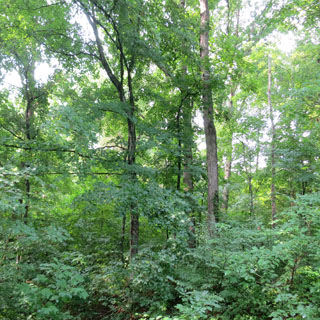
The re-built walkways to the shut-ins are very well done.
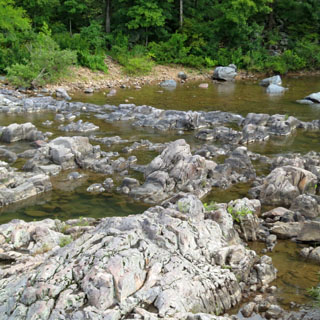
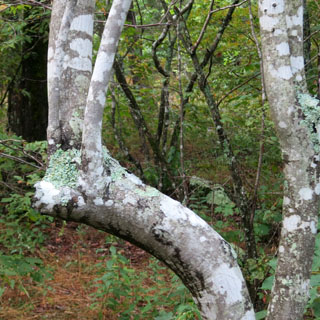
That large boulder, below? It was swept here during the deluge after the dam failure. The park workers showed up the next day to find a mess.
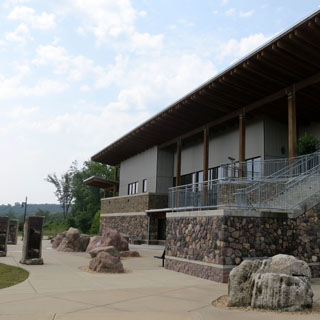
Grandin, Missouri
The Lil' Black River Cafe in Grandin. It's recommended.
Driving...
 Arkansas
Arkansas
Pocahontas, Arkansas.
The Pocahontas museum is the best sort. Lots and lots of stuff. It's all (mostly) labeled, and it's all (mostly) organized into categories.
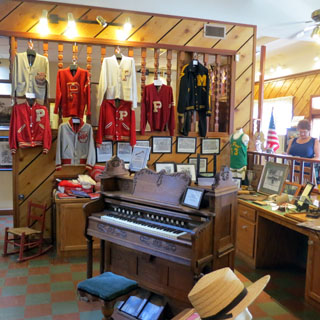
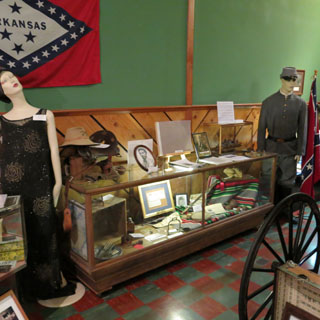
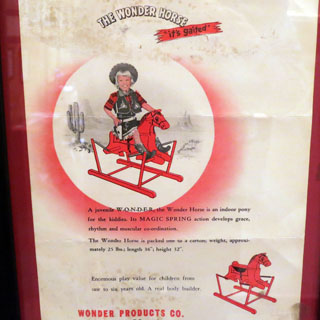
Batesville, Arkansas. They're doing what they can to keep downtown alive. It might take more than parking spaces.
A grilled baloney sandwich. Is it recommended? Well, that depends on your own admiration for a great lot of baloney.
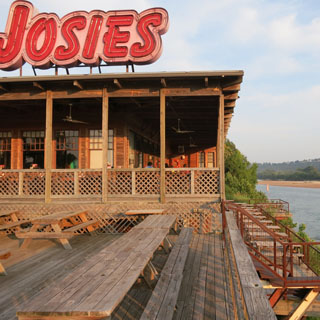
Mountain View, Arkansas.

Mountain View is the home of the Ozark Folk Center.
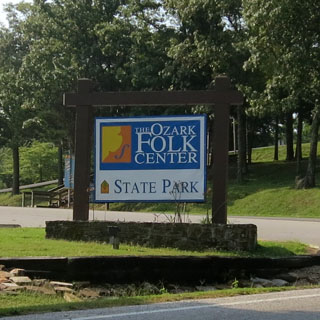
Thought my skills from age six (first grade playground) didn't stick with me, did you? First toss; planted it.
Hmmm...
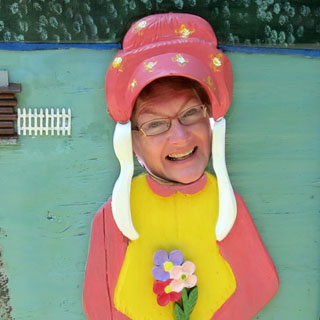
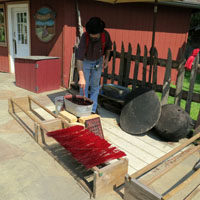
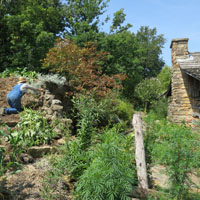
Leslie, Arkansas.
This all could so easily have been covered by water. All credit to those few who fought so hard. Thank you.
America's First National River
Established in
1972, Buffalo National River flows freely for 135 miles and is one of the
few remaining undammed rivers in the lower 48 states. Once you arrive,
prepare to journey from running rapids to quiet pools while surrounded by
massive bluffs as you cruise through the Ozark Mountains down to the White
River.
--NPS website
The front entrance of the visitor center (at Tyler Bend) was closed due to wasps; we used the rear.
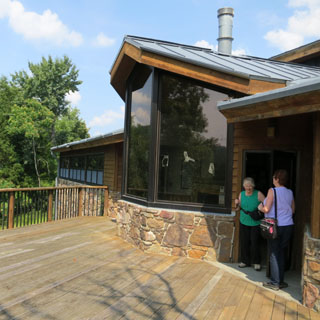
Eureka Springs, Arkansas. The town is lovely. The miles of hotels and other stuff leading to the town? Not much.
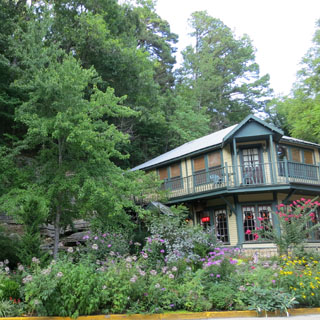
The Bavarian Inn Restaurant, just outside Eureka Springs. Recommended.
Driving...
 Oklahoma
Oklahoma
An Oklahoma farmer/rancher likes to keep a few Buffalo.
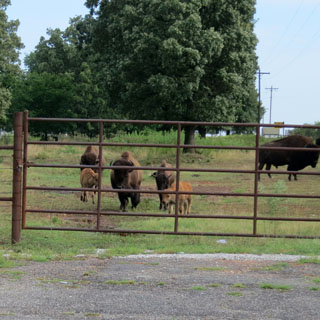
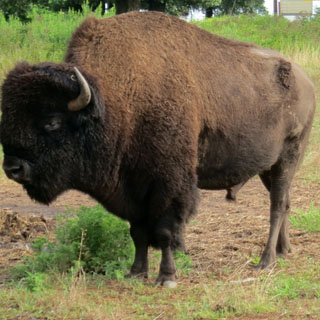
Bartlesville, Oklahoma is home to the Price building, Frank Lloyd Wright's only tall building.
Frank Lloyd Wright built Price Tower in
Bartlesville, Oklahoma, commissioned by Harold C. Price, founder of H.C.
Price Company. Completed in 1956, the 19-story building was based on a
design originally conceived for St. Mark's in the Bowery in New York City,
but once built on the prairie, Wright called this skyscraper "the tree that
escaped the crowded forest." Lavish in its materials and detailing, the
Price Tower is Wright's tallest built project, and takes its place with the
celebrated S.C. Johnson Wax Research Tower as one of his two vertical
structures. The 221-foot-tall Price Tower is listed on the National Register
of Historic Places and is one of the American Institute of Architects'
seventeen most significant examples of Frank Lloyd Wright's architecture.
--Price Building website
Woolaroc, Oklahoma. The ranch and showcase built by Frank Phillips (of Phillips-66 fame).
There's a long driveway from the entrance to the main building.


Frank Phillips and Abraham Lincoln greet you in the large entry hall.
His collection is pretty impressive. It's western history from a vantage point of the 1920s boom time.
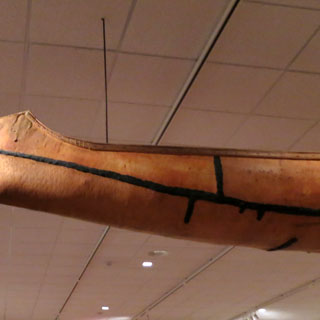
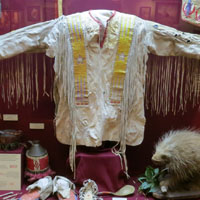
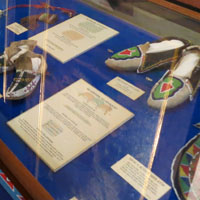
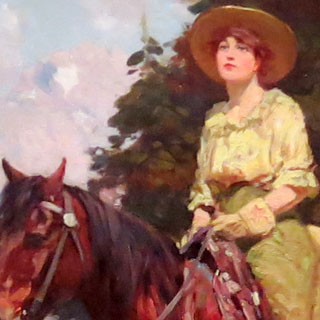
These are a few of the entries for a much larger statue to represent the pioneer mother. That center one might have raised a few eyebrows.

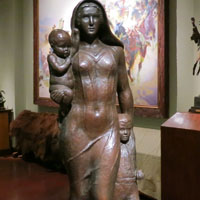
And, this was the winner (seen in Ponca City). Evidently, all the entrants seemed to think the Great Plains was settled by a cousin of Joan of Arc carrying a child. All told, they probably picked the best (or at least, the least silly).
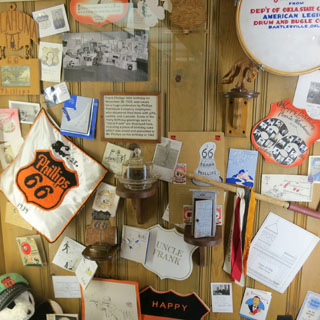
The museum includes an enormous collection of Colt hand guns.
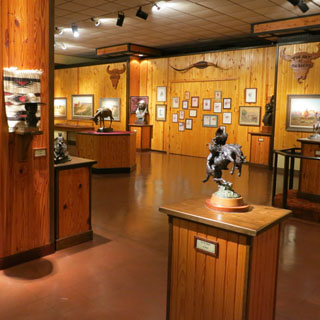
Pawhuska, Oklahoma.
The Prairie Dog cafe in Pawhuska. For good tamales and self-service trimmings, it's recommended.
So, was there a theme to this? In any event; a good trip.

A drive through the Quivira National Wildlife Refuge.



